CRUNCHY RAW VEGETABLES OFFER A VERITABLE EXPLOSION OF FRESHNESS, FLAVOUR AND NUTRIENTS. THEY’RE THE PERFECT ALLIES FOR MAKING THE MOST OF THE SUMMER SEASON.
Whether in a salad, as a dip or simply as a snack, raw vegetables are fresh and healthy snacks to enjoy all day long.
A great way to cool down and maintain a healthy, balanced diet. Their crunchy textures
Their vibrant flavours and bright colors add a touch of fun to our summer plates, and their nutritional benefits make them essential for a balanced diet.

VEGETABLES-fruits
In summer, fruiting vegetables bring a variety of flavours, textures and nutrients to our meals. Cucumbers, tomatoes, zucchinis and peppers are among the most popular raw vegetables. Cucumbers are refreshing, hydrating and rich in vitamins and minerals. Juicy and tasty, tomatoes come in a multitude of varieties and are rich in antioxidants, vitamin C and lycopene for cardiovascular health. Peppers are versatile, colorful and rich in vitamin C and carotenoids. They can be eaten raw in salads, stuffed or grilled for intense flavor.
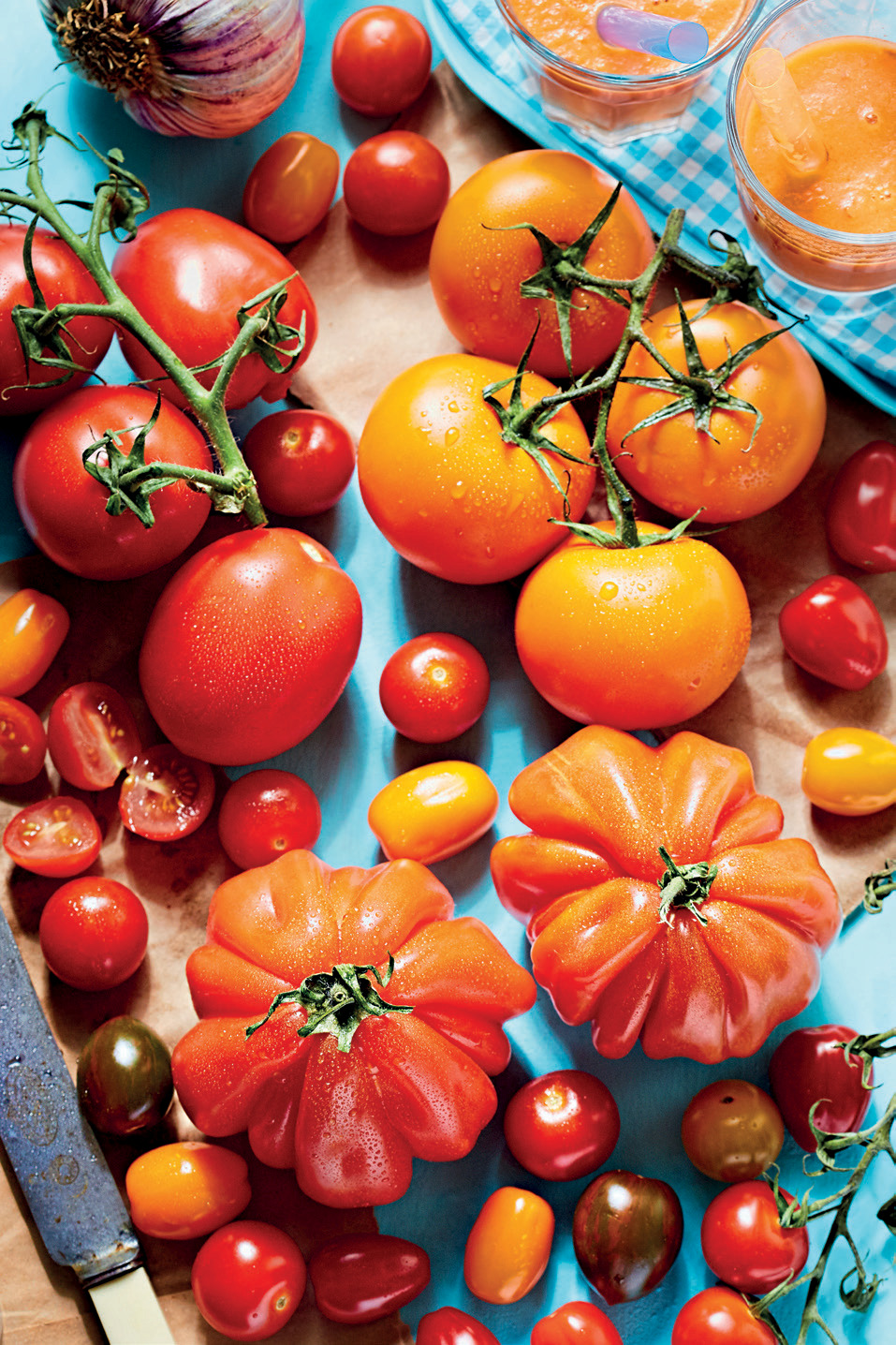
FRUIT OR VEGETABLE?
The tomato is both a fruit and a vegetable, depending on the context in which it is considered.
Botanically speaking, the tomato is a fruit, as it is the product of the ovary of a flower and contains seeds. In culinary terms, however, tomatoes are often considered a vegetable because of their use in savoury dishes and their characteristic flavour. In 1893, the US Supreme Court even ruled that the tomato should be classified as a vegetable for customs regulation purposes.
In France, the classification of the tomato as a vegetable has more to do with its
culinary use and flavor rather than botanical classification. The same applies to cucumbers, peppers, zucchinis, eggplants and chillies.
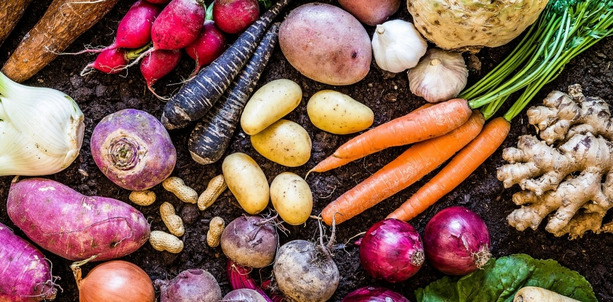
ROOT VEGETABLES
Although often associated with the autumn season, some root vegetables can also be enjoyed in summer. Carrots, radishes and beet are particularly popular. Rich in beta-carotene, carrots promote healthy skin and good vision. We like them on their own or dipped in sauces. Grated, they add a sweet crunch to salads. Radishes add zest and freshness to summer dishes. We love their slightly peppery flavor. A source of vitamins, minerals and fibre, they can be eaten without moderation.
DID YOU BELIEVE IT?
Although most vegetables can be eaten raw, some require light cooking or marinating to improve texture and flavor, depending on digestibility and food safety.
For example, blanching vegetables such as green beans, snow peas or asparagus briefly makes them more tender while preserving their freshness. Similarly, marinating certain raw vegetables in a light marinade can make them more flavorful. However, some vegetables require prior cooking to facilitate digestion and eliminate potentially toxic substances.
These include potatoes, dried beans, legumes, cabbage and eggplants.
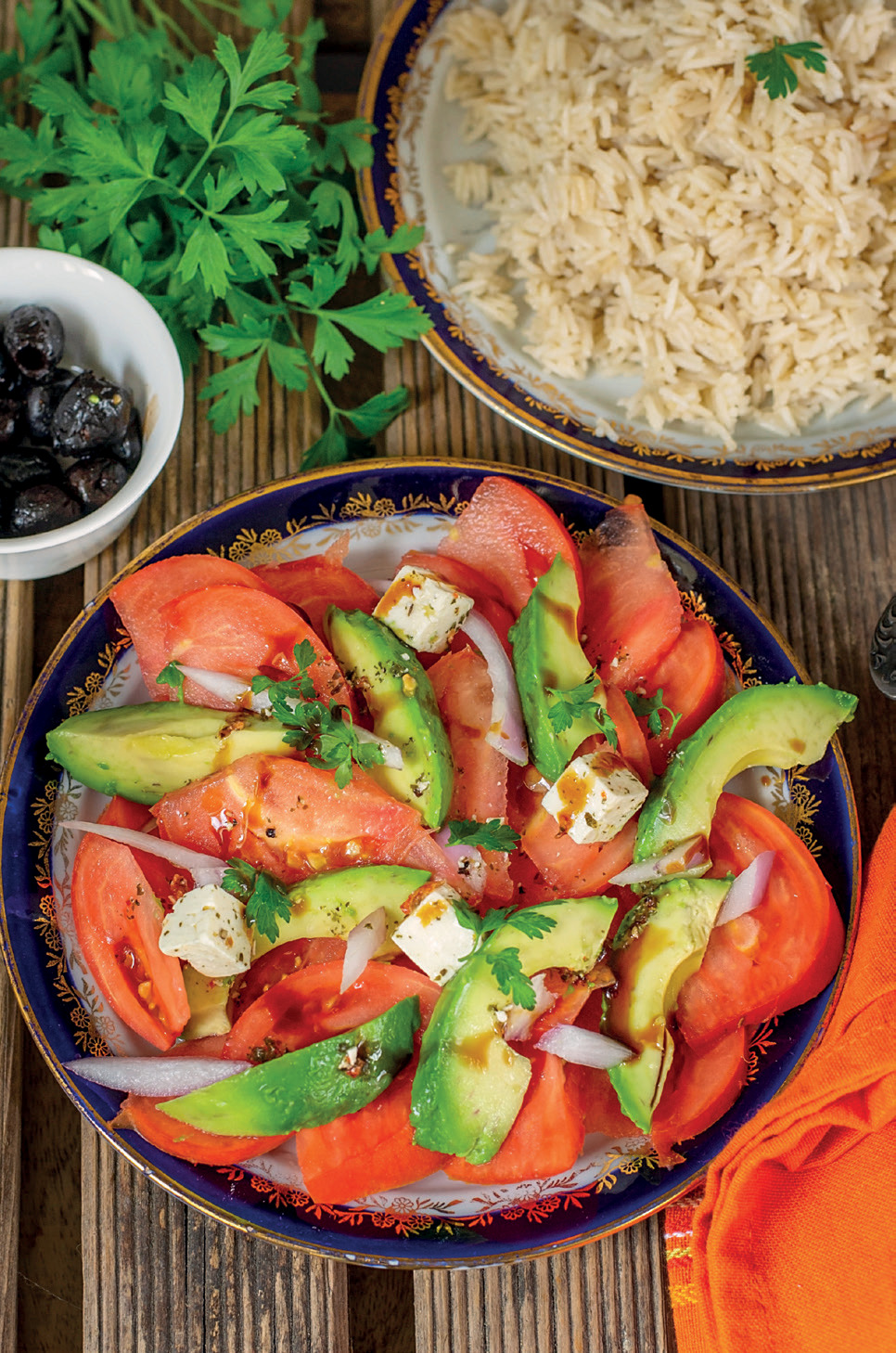
THE BENEFITS OF RAW
A raw diet, also known as a raw food diet, is based on the consumption of uncooked or minimally cooked foods, mainly fruits, vegetables, nuts, seeds and unprocessed grains.
Eating vegetables raw has many benefits, as no cooking degrades their nutrient content, preserving their maximum nutritional richness and benefits: vitamins, minerals, fiber, antioxidants, as well as hydration, crunchy texture, improved digestion and weight control.
It’s important to note that raw food isn’t for everyone, and a well-balanced diet is essential to meet all nutritional needs.
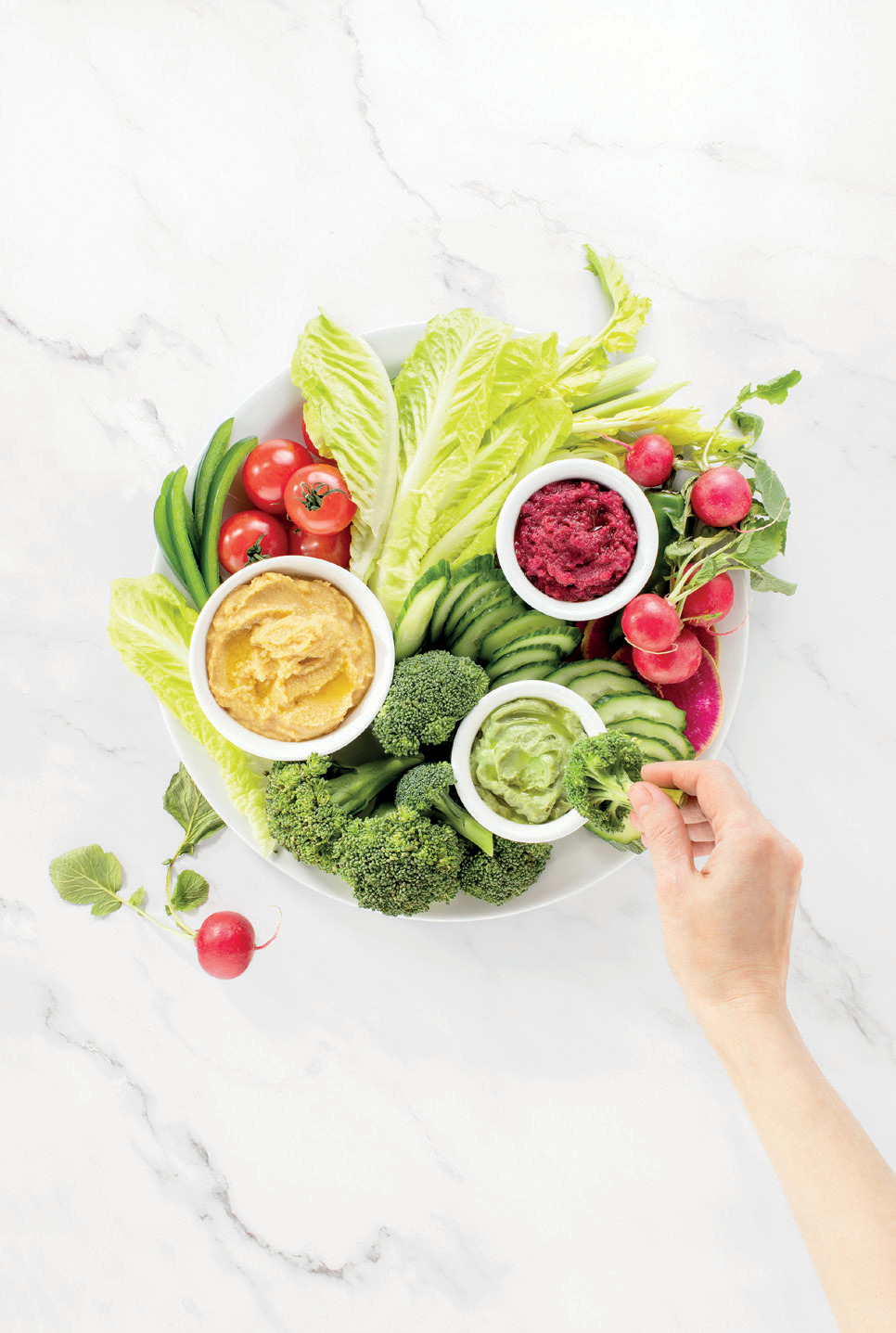
TABLING ON diversity
Eating a variety of raw vegetables allows you to benefit from a wide range of nutrients. Each vegetable has its own health benefits, and combining them ensures a balanced intake of vitamins, minerals and antioxidants. You can also eat the less conventional parts of vegetables, such as carrot, radish or beet tops. Leaves and peelings, often discarded, are edible and provide extra flavour and benefits.
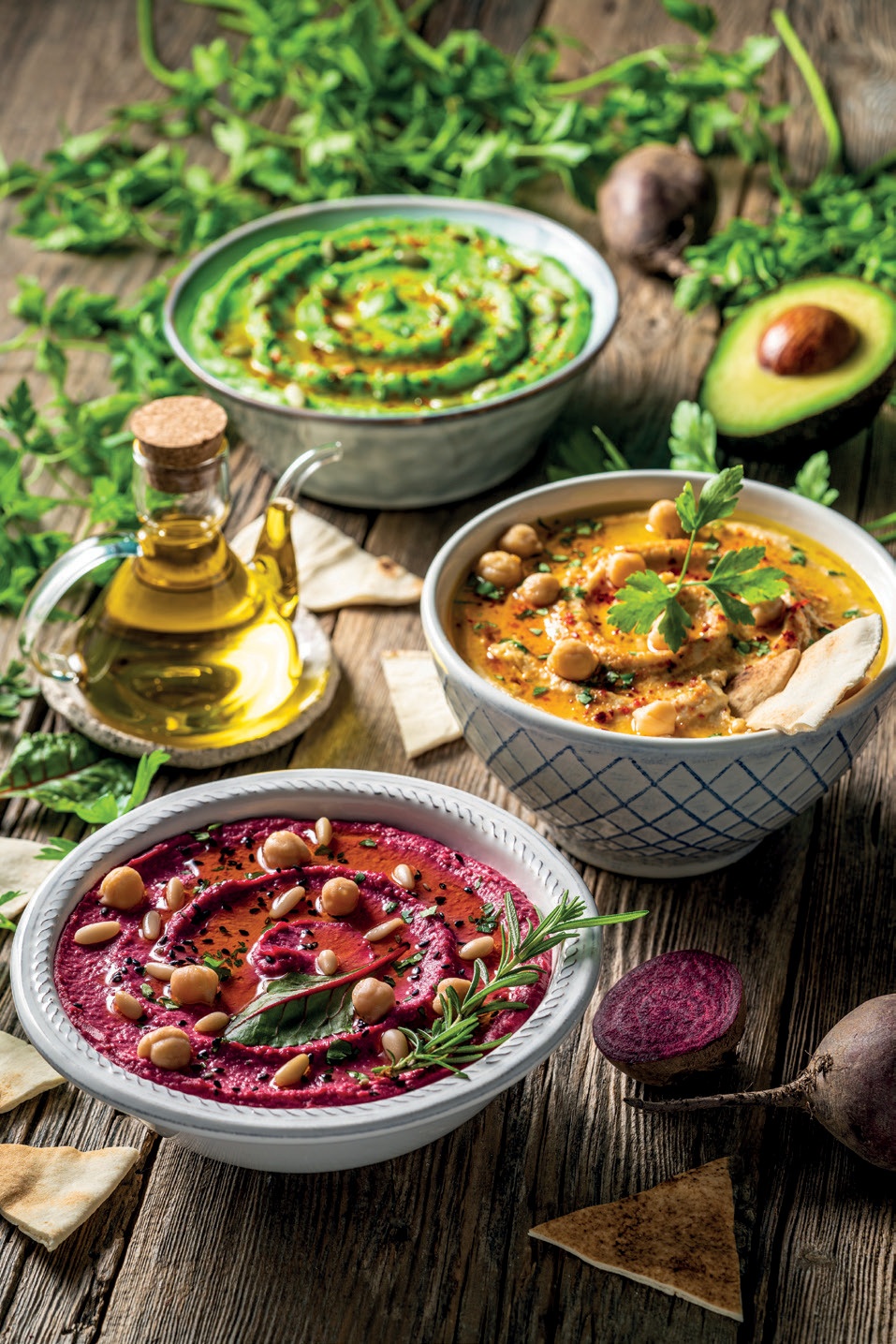
gourmet version
Sauces or “dips” for raw vegetables allow you to vary the pleasures all summer long: yoghurt and dill, chickpea or beet hummus, creamy avocado, fromage frais and fresh herbs, light vinaigrette, etc. The possibilities are endless!
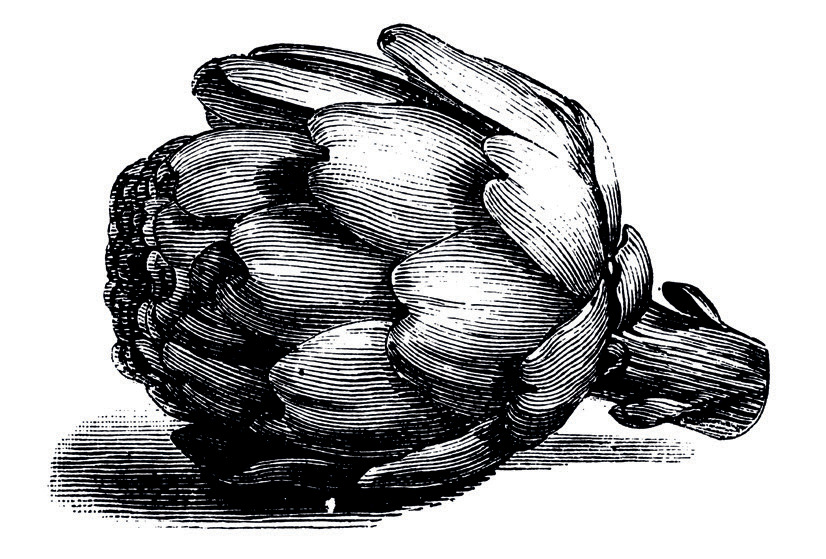
ANCIENT VEGETABLES
France has a rich agricultural history.
Many vegetables have been introduced to the region over time, thanks to trade and cultural influences from all over the world.
Among the oldest vegetables is garlic, cultivated for millennia and used as both food and medicine.
Vegetables such as leeks, fennel, turnips and cabbage have been around since at least Roman times, and are an integral part of traditional French cuisine. Carrots, like artichokes, have roots that go back to medieval times, while parsnips have been widely consumed since antiquity, before the introduction of the potato in the 16th century.
Today, some long-forgotten heirloom vegetables are being rediscovered, such as Jerusalem artichokes, rutabaga, purslane and salsify, and new varieties are being imported in line with agricultural, food and climatic developments: exotic vegetables such as manioc, chayote, yam, pak choi, daikon raids and kale come to mind.


